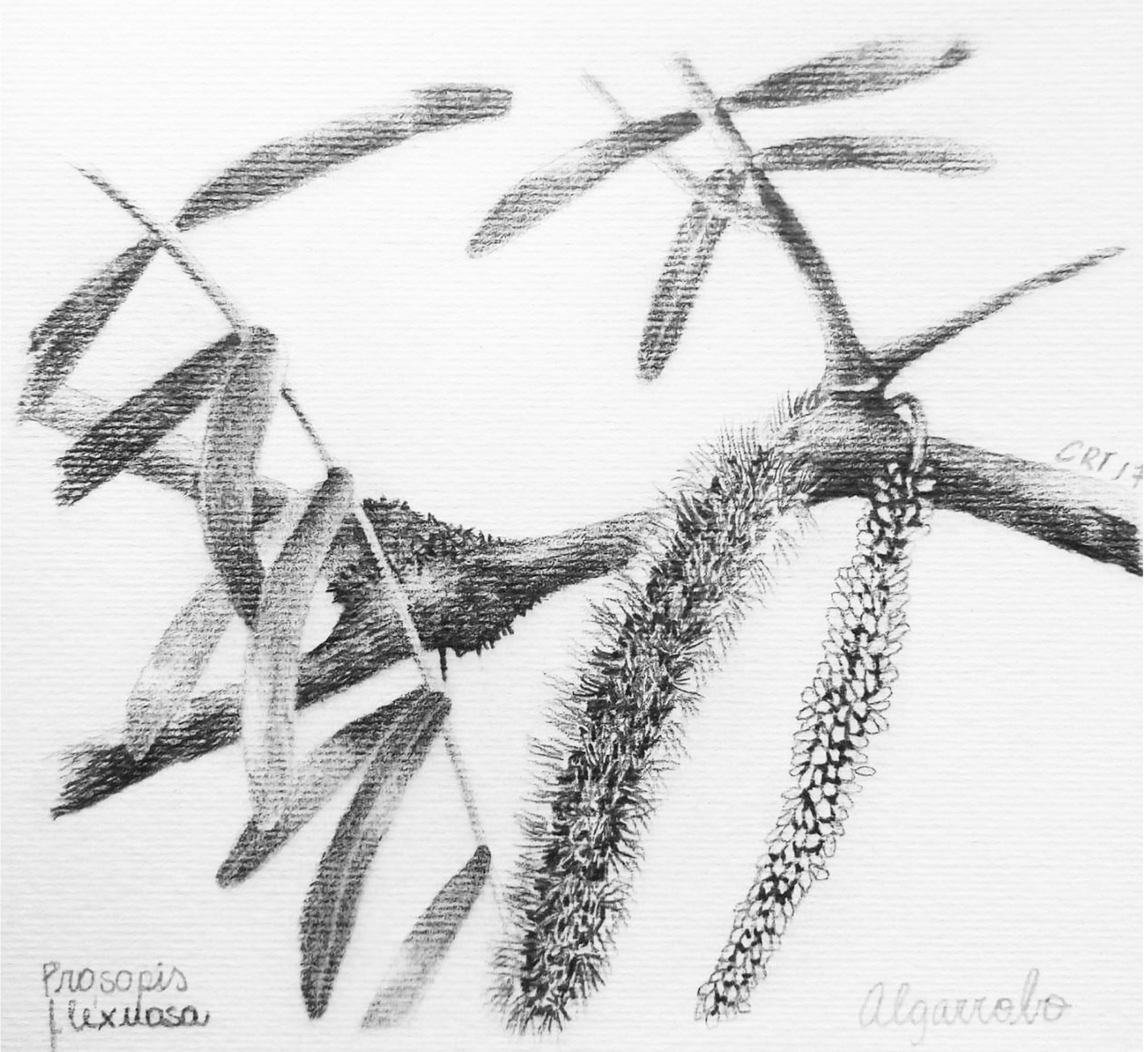Effect of Prosopis spp. as a nurse plant on nutrient content and productivity of Opuntia ellisiana Griffiths
Keywords:
bromatological composition, crude protein, food reserve, agrosystem enrichment, arid landsAbstract
In arid conditions, the low quality of the forage and water shortage could be attenuated by the introduction of Opuntia species. Several plant species grows well under Prosopis canopy, responding to a higher nutrient content in the soil, It was hypothesized that productivity and nutrient content, mainly crude protein (CP), of Opuntia ellisiana planted under Prosopis would be higher than of those planted outside the canopy, and that these parameters would be influenced by the cactus position: north or south from the centre of the tree. Sampling was done in 18 plants under the canopy of Prosopis and 23 outside of it. After one year of the plantation, the totality of cladodes was harvested. The productivity per plant was 3.1 and 5.7 cladodes and 34.9 and 48.1 g of dry matter (DM), outside and under the canopy, respectively. The bromatological values (%) were moisture: 89.1 and 91.9, organic matter (OM): 76.7 and 79.8, CP: 4.4 and 8.1, acid detergent fiber (ADF): 13.7 and 18.2, neutral detergent fiber (NDF): 29.0 and 31.5, K: 3.1 and 3.6, P: 0.07 and 0.11, Ca: 5.5 and 4.4, Na: 0.04 and 0.02, outside and under the canopy, respectively. Crude protein, moisture, OM, ADF, NDF, K, P and productivity per plant were higher under the canopy, whereas Ca and Na values were higher outside the canopy (p<0.05). Magnesium (1.9 and 1.9%) was not affected by the position outside or under the canopy. The north or south orientation did not influence any of the analysed parameters.

Downloads
Published
Issue
Section
License
Aquellos autores/as que tengan publicaciones con esta revista, aceptan las Políticas Editoriales.


